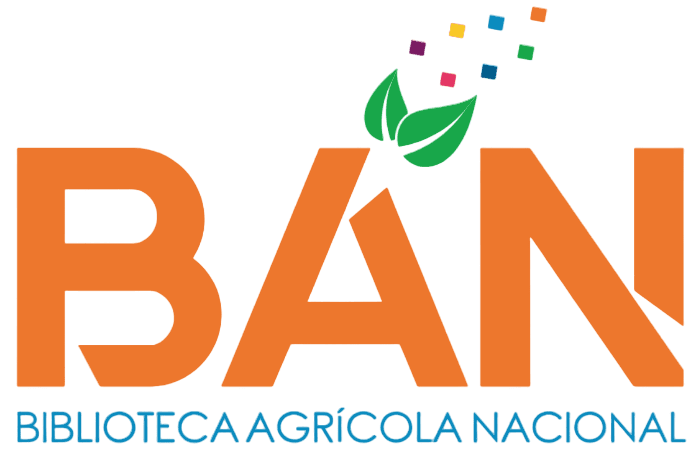Imágenes RGB de drone y data en tierra para calibrar el modelo AquaCrop y evaluar ahorro de agua en arrozales
Cargando...
Código QR
Autores
Maldonado Huarhuachi, Mayra Wendy Arlyn
Correo de contacto
Resumen
El arroz (Oryza sativa) es un alimento básico para más de la mitad de la población mundial y se cultiva en regiones tropicales y templadas. Actualmente, el 90 % de la producción mundial de arroz depende del riego por inundación; sin embargo, se estima que para el año 2025, hasta el 20 % de los campos de arroz podrían enfrentar escasez de agua. En el Perú, la producción de arroz aumentó en un 5 % en enero de 2023 respecto al 2022. No obstante, en junio de 2023 se registró una disminución del 22.5 % en comparación con junio de 2022, debido al cambio climático y al Fenómeno del Niño, los cuales alteraron los patrones de temperatura y precipitación, afectando gravemente los rendimientos del cultivo. Este estudio tuvo como objetivo calibrar el modelo AquaCrop para evaluar la eficiencia del riego bajo diferentes regímenes, incluyendo la alternancia de humedecimiento y secado (AWD) y el riego por inundación continua (CF). El modelo brindó un desempeño de “muy bueno” a “bueno” para la cobertura del dosel (CC%), según Moriasi et al. (2007), con una eficiencia de Nash-Sutcliffe EF>0.88, un índice RSR0.92, significativo para la prueba T Student para un α = 5%. Los requerimientos promedio de riego fueron de 14 363,3 m³ ha⁻¹ para el sistema AWD y de 19 970 m³ ha⁻¹ para el sistema CF, lo que representa un ahorro de agua del 27 al 28 % y una reducción del rendimiento entre el 2 y el 16 %. En consecuencia, el uso eficiente del agua se incrementó entre 18–36 % con AWD. Considerando que estos hallazgos proporcionan información valiosa para optimizar la gestión del riego, se trata de una herramienta eficaz para la toma de decisiones al investigar cultivos en situaciones de estrés hídrico en regiones áridas.
Rice (Oryza sativa) is a staple food for more than half of the global population and is cultivated in tropical and temperate regions. Currently, 90% of global rice production depends on flood irrigation; however, it is estimated that by 2025, up to 20% of rice fields may face water scarcity. In Peru, rice production increased by 5% in January 2023 compared to 2022. Nevertheless, in June 2023, a 22.5% decrease was recorded compared to June 2022, mainly due to climate change and the El Niño phenomenon, which altered temperature and precipitation patterns, severely affecting crop yields. This study aimed to calibrate the AquaCrop model to evaluate irrigation efficiency under different regimes, including alternate wetting and drying (AWD) and continuous flooding (CF). The model exhibited a performance ranging from "very good" to "good" in simulating canopy cover (CC%), according to Moriasi et al. (2007), with a Nash-Sutcliffe efficiency (EF) > 0.88, a root mean square error ratio (RSR) 0.92, statistically significant according to the Student’s T-test at α = 5%. The average irrigation requirements were 14,363.3 m³ ha⁻¹ for the AWD system and 19,970 m³ ha⁻¹ for the CF system, representing a water saving of 27 to 28% and a yield reduction between 2 and 16%. These findings provide valuable insights for optimizing irrigation management and offer a reliable decision-support tool for evaluating crop performance under water-stress conditions in arid regions.
Rice (Oryza sativa) is a staple food for more than half of the global population and is cultivated in tropical and temperate regions. Currently, 90% of global rice production depends on flood irrigation; however, it is estimated that by 2025, up to 20% of rice fields may face water scarcity. In Peru, rice production increased by 5% in January 2023 compared to 2022. Nevertheless, in June 2023, a 22.5% decrease was recorded compared to June 2022, mainly due to climate change and the El Niño phenomenon, which altered temperature and precipitation patterns, severely affecting crop yields. This study aimed to calibrate the AquaCrop model to evaluate irrigation efficiency under different regimes, including alternate wetting and drying (AWD) and continuous flooding (CF). The model exhibited a performance ranging from "very good" to "good" in simulating canopy cover (CC%), according to Moriasi et al. (2007), with a Nash-Sutcliffe efficiency (EF) > 0.88, a root mean square error ratio (RSR) 0.92, statistically significant according to the Student’s T-test at α = 5%. The average irrigation requirements were 14,363.3 m³ ha⁻¹ for the AWD system and 19,970 m³ ha⁻¹ for the CF system, representing a water saving of 27 to 28% and a yield reduction between 2 and 16%. These findings provide valuable insights for optimizing irrigation management and offer a reliable decision-support tool for evaluating crop performance under water-stress conditions in arid regions.
Descripción
Universidad Nacional Agraria La Molina. Facultad de Ingeniería Agrícola.
Departamento Académico de Recursos Hídricos
Palabras clave
AquaCrop
Citación
Fecha
2025
Colecciones
Seleccionar año de consulta:
Licencia de uso

Excepto si se señala otra cosa, la licencia del ítem se describe como info:eu-repo/semantics/openAccess

